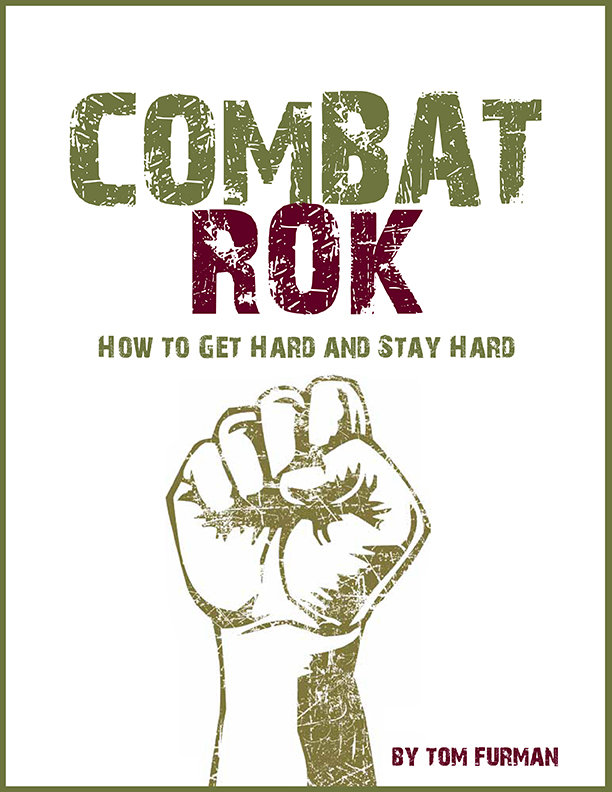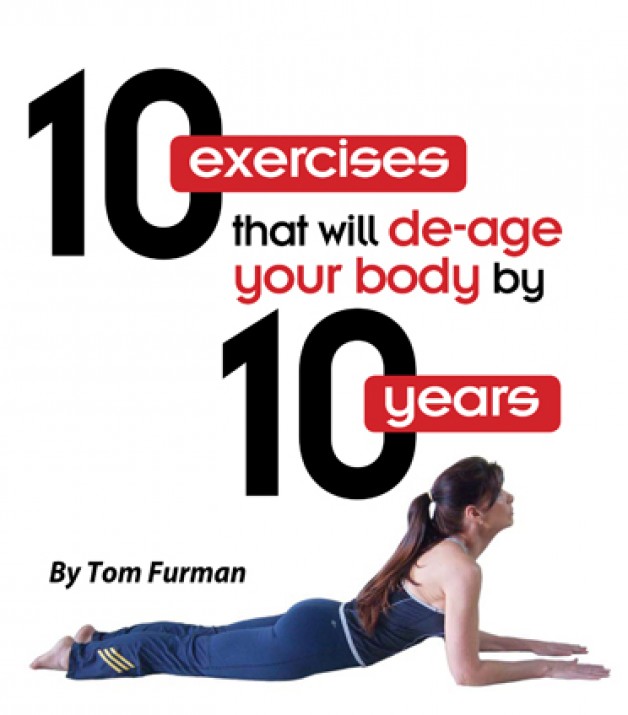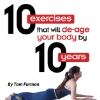
Eur J Appl Physiol. 2007 Nov 7; [Epub ahead of print]
Reduced physical activity and risk of chronic disease: the biology behind the consequences.
Booth FW, Laye MJ, Lees SJ, Rector RS, Thyfault JP.
Department of Biomedical Sciences, University of Missouri, 1600 East Rollins St, Columbia, MO, 65211, USA.
This review focuses on three preserved, ancient, biological mechanisms (physical activity, insulin sensitivity, and fat storage). Genes in humans and rodents were selected in an environment of high physical activity that favored an optimization of aerobic metabolic pathways to conserve energy for a potential, future food deficiency. Today machines and other technologies have replaced much of the physical activity that selected optimal gene expression for energy metabolism. Distressingly, the negative by-product of a lack of ancient physical activity levels in our modern civilization is an increased risk of chronic disease. We have been employing a rodent wheel-lock model to approximate the reduction in physical activity in humans from the level under which genes were selected to a lower level observed in modern daily functioning. Thus far, two major changes have been identified when rats undertaking daily, natural voluntary running on wheels experience an abrupt cessation of the running (wheel lock model). First, insulin sensitivity in the epitrochlearis muscle of rats falls to sedentary values after 2 days of the cessation of running, confirming the decline to sedentary values in whole-body insulin sensitivity when physically active humans stop high levels of daily exercise. Second, visceral fat increases within 1 week after rats cease daily running, confirming the plasticity of human visceral fat. This review focuses on the supporting data for the aforementioned two outcomes. Our primary goal is to better understand how a physically inactive lifestyle initiates maladaptations that cause chronic disease.










